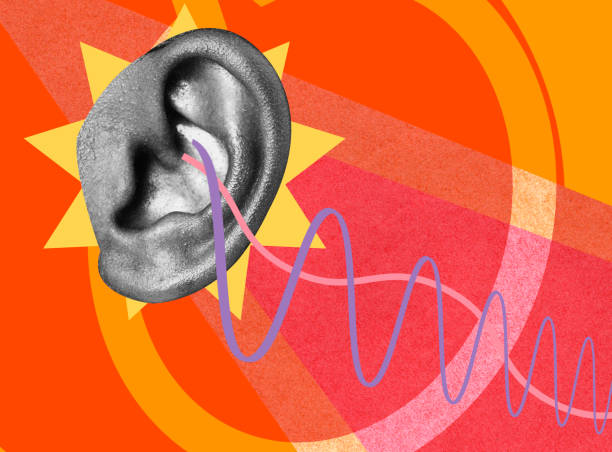Whether you’re trying to restore old family videos where the sound isn’t quite right, or you’re trying to enhance a song ready to hit streaming stores – enhancing sound quality can be tricky.
Audio restoration is a crucial skill for sound designers, podcasters, musicians, and anyone working with recorded audio. Poor quality sound can detract from the overall experience, making it difficult for listeners to engage with the content.
Whether you’re dealing with background noise, clicks and pops, or muffled audio, restoring and enhancing poor quality sound can dramatically improve the final product. Here’s an easy-to-understand guide on how to restore and enhance audio quality.
1. Understanding audio restoration
What is audio restoration?
Audio restoration involves improving the quality of sound recordings by removing unwanted noise, repairing damage, and enhancing the overall clarity. It’s used in various fields, from music production to film post-production and archival preservation.
Common issues in poor quality audio
- Background noise: Unwanted sounds from the environment, such as hums, hisses, and room noises.
- Clicks and pops: Short, sharp noises that interrupt the audio.
- Distortion: Warped sound caused by overloading the recording equipment.
- Muffled audio: Lack of clarity and presence, often due to poor recording conditions or equipment.
2. Essential tools for audio restoration
Digital Audio Workstation (DAW)
A DAW is essential for audio restoration. Popular DAWs like Audacity (free), Adobe Audition, and Logic Pro offer various tools for cleaning up and enhancing audio.
Restoration plugins
Specialized plugins can help tackle specific issues. Some popular options include:
- iZotope RX: Comprehensive audio repair suite with tools for noise reduction, de-clicking, de-clipping, and more.
- Waves restoration bundle: A collection of plugins for noise reduction, hum removal, and click/pop elimination.
- Accusonus ERA bundle: User-friendly tools for noise reduction, reverb removal, and more.
3. Step-by-step guide to audio restoration
Step 1: Noise reduction
- Identify noise: Listen to the audio and identify the type of noise you need to remove (e.g., hum, hiss, background chatter).
- Noise profile: Use a short segment of the recording that contains only the noise to create a noise profile. Most DAWs and plugins allow you to capture a noise profile.
- Apply noise reduction: Apply the noise reduction process to the entire audio track. Adjust the settings to remove as much noise as possible without affecting the quality of the original sound.
Step 2: Remove clicks and pops
- Manual removal: Zoom in on the waveform and manually delete or reduce the volume of individual clicks and pops.
- De-click plugin: Use a de-click plugin to automate the process. Adjust the sensitivity to target unwanted noises without affecting the desired audio.
Step 3: Fix distortion
- De-clip plugin: If the audio is distorted due to clipping, use a de-clip plugin to reconstruct the waveform and reduce distortion.
- EQ adjustments: Use equalization (EQ) to cut frequencies that are overly harsh or muddy due to distortion.
Step 4: Enhance clarity and presence
- Equalisation (EQ): Use EQ to boost or cut frequencies to improve clarity. For muffled audio, boosting the high frequencies can enhance clarity.
- Compression: Apply compression to even out the dynamic range and make quieter sounds more audible.
- Exciter/enhancer plugins: Use exciter or enhancer plugins to add brightness and presence to dull recordings.
Step 5: Final touches
- Reverb removal: If the recording has too much reverb, use a de-reverb plugin to reduce it.
- Level adjustments: Adjust the overall volume levels to ensure consistent loudness throughout the recording.
4. Practical tips for effective audio restoration
Listen carefully
Regularly switch between listening to the restored audio and the original recording. This helps you avoid over-processing and ensures the natural sound is preserved.
Use high-quality headphones or monitors
High-quality headphones or studio monitors provide a more accurate representation of the audio, making it easier to detect and fix issues.
Take breaks
Audio restoration can be intensive. Take regular breaks to avoid ear fatigue, which can impair your ability to make accurate adjustments.
Practice and experiment
Audio restoration requires practice and experimentation. Try different tools and settings to find what works best for each specific issue.
Audio restoration is an invaluable skill that can transform poor quality recordings into clear, professional-sounding audio. By understanding common issues, using the right tools, and following a systematic approach, you can effectively fix and enhance your audio. Whether you’re restoring old recordings or improving new ones, these techniques will help you deliver.







